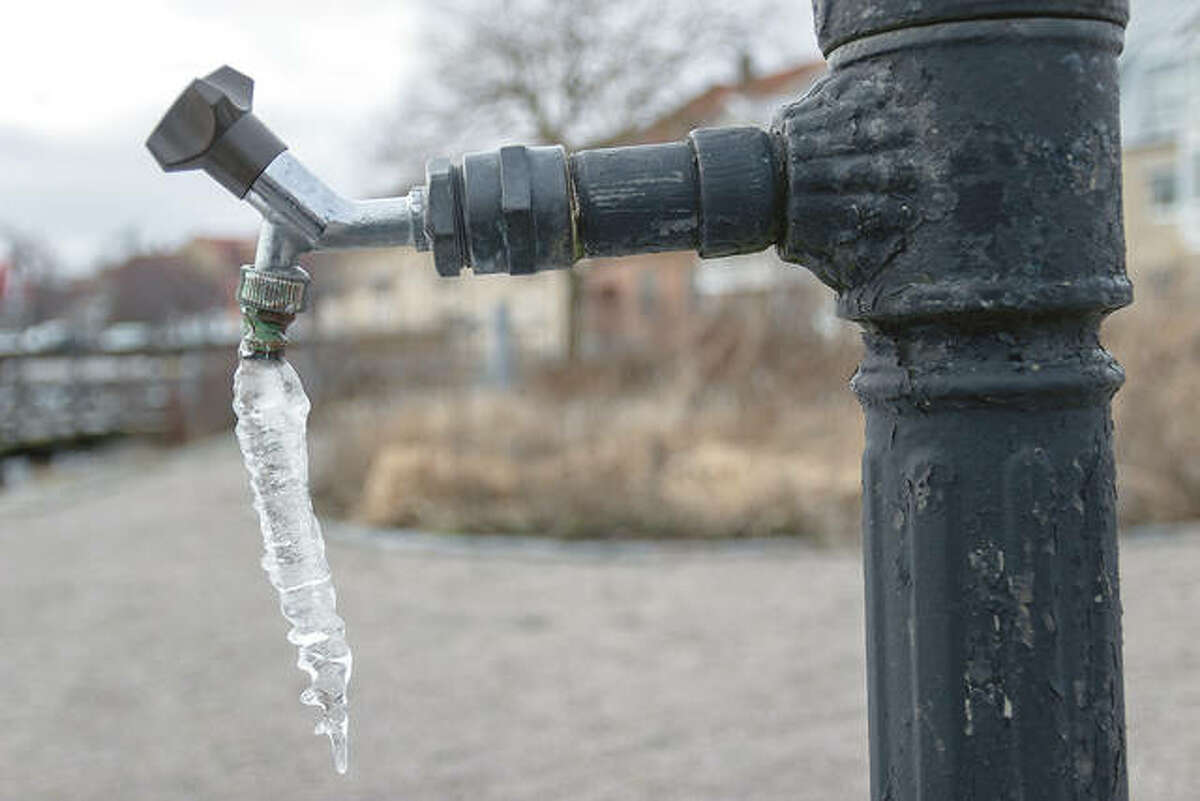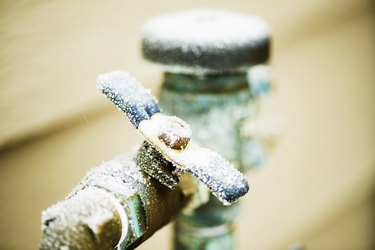Prevent Frozen Pipes in Cold Weather: Professional Advice
Free QuoteThey are making several great pointers relating to Preventing and dealing with frozen pipes in general in this post below.

Cold weather can wreak havoc on your plumbing, specifically by freezing pipes. Below's just how to prevent it from taking place and what to do if it does.
Introduction
As temperatures decrease, the threat of icy pipes boosts, possibly leading to pricey repair services and water damage. Understanding how to stop icy pipes is critical for home owners in cool climates.
Recognizing Icy Pipes
What creates pipes to freeze?
Pipelines freeze when revealed to temperature levels listed below 32 ° F (0 ° C) for expanded periods. As water inside the pipelines ices up, it increases, taxing the pipe walls and possibly triggering them to break.
Risks and problems
Icy pipelines can result in water supply interruptions, residential property damage, and expensive repair work. Burst pipes can flood homes and cause comprehensive architectural damages.
Indicators of Frozen Piping
Identifying frozen pipes early can avoid them from rupturing.
Exactly how to determine icy pipelines
Seek reduced water flow from faucets, uncommon odors or noises from pipes, and visible frost on revealed pipelines.
Avoidance Tips
Protecting vulnerable pipes
Cover pipelines in insulation sleeves or make use of warmth tape to secure them from freezing temperature levels. Focus on pipes in unheated or external locations of the home.
Home heating methods
Maintain interior rooms properly heated, particularly locations with pipes. Open cupboard doors to permit warm air to flow around pipes under sinks.
Securing Exterior Pipes
Yard hose pipes and outdoor faucets
Separate and drain garden tubes before wintertime. Install frost-proof spigots or cover exterior taps with shielded caps.
What to Do If Your Pipes Freeze
Immediate actions to take
If you suspect icy pipelines, keep taps available to ease stress as the ice thaws. Use a hairdryer or towels taken in warm water to thaw pipelines slowly.
Long-Term Solutions
Structural modifications
Consider rerouting pipelines far from outside walls or unheated areas. Add extra insulation to attic rooms, basements, and crawl spaces.
Upgrading insulation
Invest in top quality insulation for pipes, attic rooms, and walls. Appropriate insulation assists maintain regular temperatures and decreases the danger of frozen pipelines.
Final thought
Avoiding frozen pipelines calls for positive measures and quick actions. By comprehending the causes, indicators, and preventive measures, homeowners can secure their plumbing during winter.
5 Ways to Prevent Frozen Pipes
Drain Outdoor Faucets and Disconnect Hoses
First, close the shut-off valve that controls the flow of water in the pipe to your outdoor faucet. Then, head outside to disconnect and drain your hose and open the outdoor faucet to allow the water to completely drain out of the line. Turn off the faucet when done. Finally, head back to the shut-off valve and drain the remaining water inside the pipe into a bucket or container. Additionally, if you have a home irrigation system, you should consider hiring an expert to clear the system of water each year.
Insulate Pipes
One of the best and most cost-effective methods for preventing frozen water pipes is to wrap your pipes with insulation. This is especially important for areas in your home that aren’t exposed to heat, such as an attic. We suggest using foam sleeves, which can typically be found at your local hardware store.
Keep Heat Running at 65
Your pipes are located inside your walls, and the temperature there is much colder than the rest of the house. To prevent your pipes from freezing, The Insurance Information Institute suggests that you keep your home heated to at least 65 degrees, even when traveling. You may want to invest in smart devices that can keep an eye on the temperature in your home while you’re away.
Leave Water Dripping
Moving water — even a small trickle — can prevent ice from forming inside your pipes. When freezing temps are imminent, start a drip of water from all faucets that serve exposed pipes. Leaving a few faucets running will also help relieve pressure inside the pipes and help prevent a rupture if the water inside freezes.
Open Cupboard Doors
Warm your kitchen and bathroom pipes by opening cupboards and vanities. You should also leave your interior doors ajar to help warm air circulate evenly throughout your home.

We were made aware of that write-up on Preventing and dealing with frozen pipes from an acquaintance on a different domain. Do you know somebody else who is enthusiastic about the topic? Please feel free to promote it. We take joy in reading our article about Preventing and dealing with frozen pipes.
Request Estimate